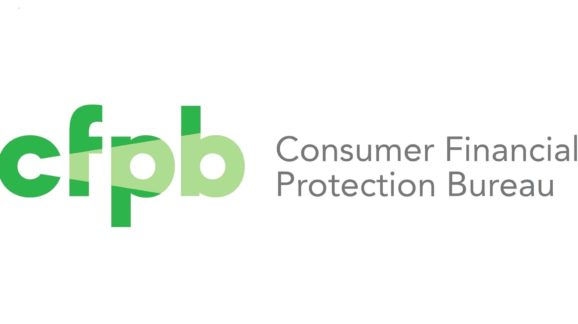Reformed Consumer Financial Protection Bureau Can Be Free-Market Regulator

 Earlier this week, The New York Times Magazine rolled out another edition of the tired old trope of how former acting Director Mick Mulvaney “destroyed” the Consumer Financial Protection Bureau. This accusation is by no means new, and I have challenged it in the past.
Earlier this week, The New York Times Magazine rolled out another edition of the tired old trope of how former acting Director Mick Mulvaney “destroyed” the Consumer Financial Protection Bureau. This accusation is by no means new, and I have challenged it in the past.
Reading the article, one would think that there is very little remaining of the regulator known as the CFPB. For example, the article claims that Mulvaney “dismantled it, piece by piece” with a “careful campaign of deconstruction.”
And yet last time I checked, there is still a CFPB, it is still pursuing lawsuits (even ones so flawed they are laughable), and it is still writing regulations. Even when the new leadership has had the chance to “dismantle” the agency in court, they have defended it’s constitutionality, despite the fact that the Trump Department of Justice argues precisely the opposite.
Media hyperbole aside, the article hits on an important point that underlies the criticism of a Republican CFPB. The bureau is too often assumed to be a regulator with a narrow mission: to protect consumers through heavy-handed regulations and enforcement actions. Any action that is not aggressive enough against industry—let alone deregulatory—is deemed to be betraying its mission or somehow in violation of a statutory requirement.
But this is only half the picture. Despite Democrats’ best efforts to insulate the agency from non-progressive control, there are actually plenty of statutory powers and purposes granted to the agency to pursue a free-market vision of consumer protection—one that focuses more on competition, innovation, and consumer choice. In short, there is no legal or academic monopoly on the idea of consumer protection, as many commentators try to suggest. In fact, from a free-market perspective, the CFPB can actually be a force for good.
Let’s start by looking to the text of the law. 12 U.S. Code § 5511(a) outlines the purpose of the bureau as follows:
The Bureau shall seek to implement and, where applicable, enforce Federal consumer financial law consistently for the purpose of ensuring that all consumers have access to markets for consumer financial products and services and that markets for consumer financial products and services are fair, transparent, and competitive.
Part of the purpose of the bureau, therefore, is to ensure that financial markets are competitive and that consumers have access to credit. Command and control regulation does not serves this purpose—deregulation does.
Further, 12 U.S. Code § 5511(b) describes the bureau’s objectives. These include:
(3) outdated, unnecessary, or unduly burdensome regulations are regularly identified and addressed in order to reduce unwarranted regulatory burdens
(5) markets for consumer financial products and services operate transparently and efficiently to facilitate access and innovation.
The objectives of the bureau in pursuing consumer protection, therefore, explicitly includes deregulation, as well as efforts to encourage access to credit and financial innovation.
The statute, at 12 U.S. Code § 5512 (d)(1), even requires the bureau to do a “look back” every five years to ensure that regulation is meeting its specific purpose and to identify and address regulatory burdens:
The Bureau shall conduct an assessment of each significant rule or order adopted by the Bureau under Federal consumer financial law. The assessment shall address, among other relevant factors, the effectiveness of the rule or order in meeting the purposes and objectives of this title and the specific goals stated by the Bureau.
What about when the bureau writes a new regulation? Well, 12 U.S. Code § 5512 (b)(2)(A)(i) makes clear that the benefits of regulation must actually exceed the costs:
In prescribing a rule under the Federal consumer financial laws… the Bureau shall consider… the potential benefits and costs to consumers and covered persons, including the potential reduction of access by consumers to consumer financial products or services resulting from such rule.
Bizarrely, the New York Times Magazine article claims that Mulvaney was happy “to ignore the statute when it suited him” because he created an Office of Cost Benefit Analysis.
It is a legal requirement, however, that the bureau make sure that regulation is absolutely necessary by appropriately weighing the costs and benefits of a rule—although it rarely, if ever, does.
It is not the case that former acting Director Mulvaney or current Director Kraninger are doing anything nefarious or illegal by pursuing a vision of consumer protection that is based upon competition, innovation, and consumer choice. They are merely emphasizing certain important aspects of the bureau’s mission, which the Democratic administration utterly neglected, while still enforcing the relevant consumer protection laws.
The CFPB is perfectly justified in pursuing a broad free-market agenda, where outdated, unnecessary, or unduly burdensome regulations are rescinded and new regulatory proposals are effectively scrutinized. To not do so would be an explicit violation of its mission.